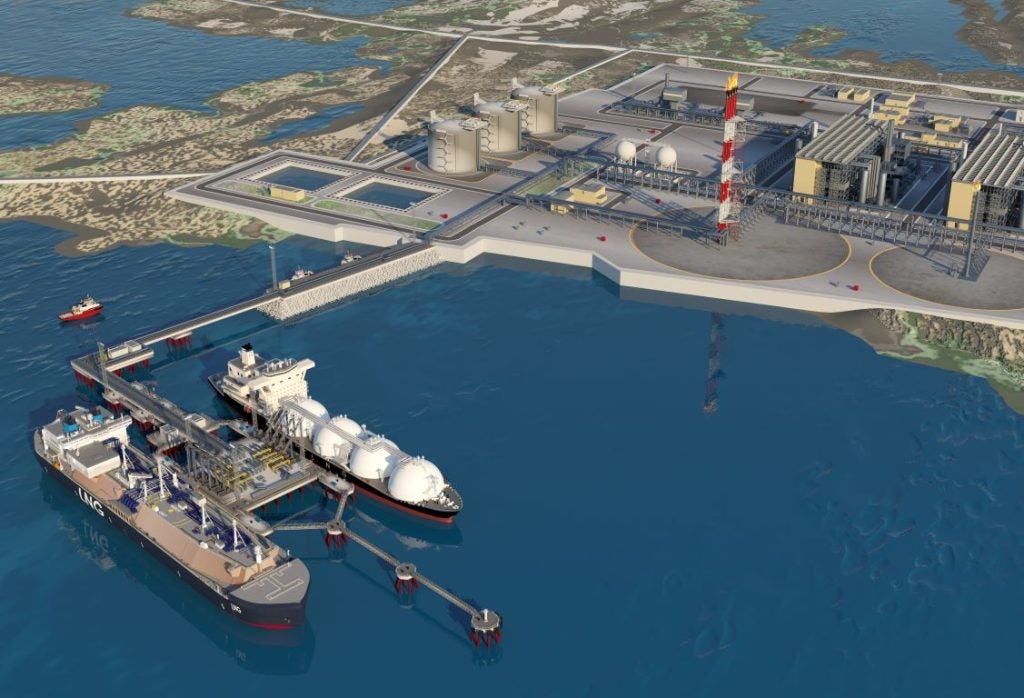
The UK Government’s Health and Safety Executive (HSE) has released its latest workplace safety figures for the offshore sector, finalising 2017 figures and giving detailed predictions for the 2018 numbers. While the body expects no fatalities in 2018, there are causes for concern across the industry. Between rising volumes and frequency of injuries, an increase in the number of “major” hydrocarbon releases, and a near-doubling of non-compliance issues between 2012 and 2018, there are areas for improvement across the sector.
However, most striking is the complete absence of mental health statistics in the HSE report. At a time where companies and employers are under more pressure than ever to consider the implications of work on employees’ mental health, this omission is at the very least unusual, and perhaps dangerous considering the nature of offshore work. With workers often living away from home in remote and challenging environments for long periods at a time, stress, isolation and the absence of friends and family mean offshore workers could be at greater risks of developing mental health issues than those in other sectors.
A lack of reporting
“Offshore work involves some very specific challenges that have the potential to increase mental health risks,” said HSE lead analyst Simon Webster, discussing the challenges faced by offshore workers. “These include the remoteness and physical isolation of the working environment, absence of family and proximity to work colleagues during non-work hours while on shift, and the nature of the shift patterns themselves.”
He went on to say that limited sample sizes contributed to the lack of information, with the HSE basing its figures on the annual Labour Force Survey, a government report that uses the employment data of around 37,000 people to estimate nationwide employment statistics. This ratio means that 0.1% of the country’s workforce is surveyed to extrapolate information for the remainder of those in employment.
While this model is effective considering the UK had 32.8 million people employed across all sectors as of September 2019, the model breaks down when looking at individual sectors with small number of employees. Mining, energy and water supply, for instance, which covers the offshore sector, employed just 553,000 people as of September 2019; applying the same 0.1% rate as is used for sector-wide statistics would generate a surveyed population of just 553 people, too small a number to make the predictive model viable.
“Although [the Labour Force Survey] has a reasonable sample size overall, around 37,000 respondents per year, the sample size for some industry sectors is too low to allow reliable estimates,” explained Webster. “As a result, HSE’s standard published tables of industry-specific ill health data do not include some of the smaller sectors, including the offshore industry.”
How well do you really know your competitors?
Access the most comprehensive Company Profiles on the market, powered by GlobalData. Save hours of research. Gain competitive edge.

Thank you!
Your download email will arrive shortly
Not ready to buy yet? Download a free sample
We are confident about the unique quality of our Company Profiles. However, we want you to make the most beneficial decision for your business, so we offer a free sample that you can download by submitting the below form
By GlobalDataCollaborative initiatives
Webster is optimistic, however, that the sector’s performance will improve in the future, noting that bodies such as HSE are actively taking steps to improve their commitment to mental health services.
“HSE itself seeks to raise awareness of practical actions and approaches to prevent work-related stressors, by actively promoting and recommending the application of the management standards risk assessment process,” he continued, highlighting projects such as the body’s Talking Toolkit, a six-step programme to help guide managers and senior figures within a company in discussing workplace stress with employees.
The initiative’s documentation notes that 57% of all working days lost to poor health are attributed to work-related stress, and the HSE hopes projects such as these will help generate awareness of, and conversations surrounding, workers’ mental health.
Webster also noted that Oil and Gas UK (OGUK), the trade association for the offshore industry, is “comprehensively addressing mental health core standards,” pointing to figures from its most recent annual safety report that the body is improving its performance. The document notes that more than half of respondents reported that their workplaces promoted effective people management, provided good working conditions, and raised awareness of the importance of mental health, with a significant percentage of respondents claiming that a mental health policy was currently “in development”.
Physical dangers
In addition to these improvements in mental health reporting and awareness, the HSE figures suggest the sector has work to do to improve the physical health of its employees. The total number of injuries reached its highest figure since 2015, and the rate of injuries peaked at 365 per 100,000 full-time employees, ending a three-year decline and propelling the injury rate to its highest level since 2014.
The number of potentially dangerous events has also increased over this period, with the release of hydrocarbons, considered a “low-frequency, high-impact catastrophic incident” by the HSE seeing an increase in frequency over the last few years. These releases, which can trigger destructive explosions endangering both offshore infrastructure and human life, were more common in 2018 than in earlier years, with higher rates of both frequency and volume of accidents than in 2014. The number of “major” accidents, a category agreed upon by the HSE and industry bodies such as OGUK which refers to the most severe types of accidents, also increased from two in 2016 and just one in 2017 to four in 2018.
The report also points out that in 2014, the HSE made a shift in its policy regarding oil rig inspections, favouring fewer, more in-depth investigations over a larger number of short investigations. The result has been a continual decrease in the number of inspections each year, from 196 in 2012 to an estimated 126 in 2018, the lower number over the period.
However, this policy of streamlining inspections has not necessarily led to an improvement in compliance record. Between 2017 and 2018, the number of facilities awarded “broadly compliant” inspection scores increased from 210 to 259, which could be interpreted as a positive change, but the remainder of the scores awarded are less encouraging. Between the two years, the number of “fully compliant” scores fell from 32 to 27, while the number of “poor” and “very poor” scores increased from 98 to 107 and 12 to 18 respectively.
There is also a worrying trend in the distribution of these very poor scores, with many inspection topics seeing an increase in very poor scores over the years. The number of very poor scores in the verification, control of work and loss of containment categories all increased, and the only category to see a decline in very poor scores was that regarding maintenance management, which was the most-profiled category, and yielded the most “poor” results across both years.
Perhaps most telling is the shift in the number of “investigations” completed over the last decade, more detailed inspections undertaken in the event of a fatality, major injury or occupational disease at work. The number of these in-depth enquiries has fallen considerably from 153 in 2012 to 35 in 2018, a significant fall, the rate of which outstrips the rate of decline in major injuries over the period, which fell from 164 injuries per 100,000 full-time employees to 66. Both trends are moving in the right direction, but the speed with which in-depth investigations are being abandoned, despite the slower improvements in injury rate and largely static quality of inspected facilities, suggests that this policy of streamlined investigation may have been implemented despite an unchanging injury landscape.




